The National Theatre’s annual Connections Festival will return this June, celebrating its 30th anniversary with a week-long programme of youth theatre performances from across the UK.
Running from 24 to 28 June, the festival will also mark the reopening of the Dorfman Theatre, which has been closed since November 2024 for government-funded refurbishment works.
Over the past three months, more than 5,000 young people from over 270 schools and youth theatre groups have performed in venues across 33 professional stages nationwide. From this wide participation, ten theatre groups have been selected to perform at the National Theatre in London.
Each group will stage one of ten newly commissioned plays, offering young performers the opportunity to explore contemporary themes including identity, climate change, and community.
The selected groups and their plays are:
- Fresh Air by Vickie Donoghue – Central Foundation Boys’ School, London
- Ravers by Rikki Beadle-Blair – HOME Young Company, Manchester
- Mia and the Fish by Satinder Chohan – Abbey Grange Academy, Leeds
- The Company of Trees by Jane Bodie – Hamilton District Youth Theatre, Lanarkshire
- Their Name is Joy by May Sumbwanyambe – Nottingham Girls Academy Theatre Company
- Saba’s Swim by Danusia Samal – Central Youth Theatre, Wolverhampton
- Normalised by Amanda Verlaque – Brassneck Youth, Belfast
- No Regrets by Gary McNair – Glasgow Acting Academy
- Brain Play by Chloë Lawrence-Taylor and Paul Sirett – Chatham and Clarendon Grammar School, Ramsgate
- YOU 2.0 by Alys Metcalf – Everyman Youth Theatre, Cardiff
Young participants have also been involved in backstage roles, including lighting, costume design, directing and composing, helping to realise their productions from start to finish.
Indhu Rubasingham, Director and Co-Chief Executive of the National Theatre, said:
“I am really pleased to welcome ten youth groups from all corners of the UK to the NT for this landmark anniversary festival of Connections. Everyone should have the opportunity to experience the power of theatre-making.”
Since launching, the festival has engaged over 125,000 young people, with former participants including actors Keira Knightley, David Oyelowo, Rose Ayling-Ellis, and Callum Scott Howells.
Each year, ten new plays are commissioned for Connections, contributing to a growing archive of over 235 scripts written specifically for young performers.
Tickets are available for £5 per show, or £8 for two performances in one evening. All shows will feature captioning for accessibility.
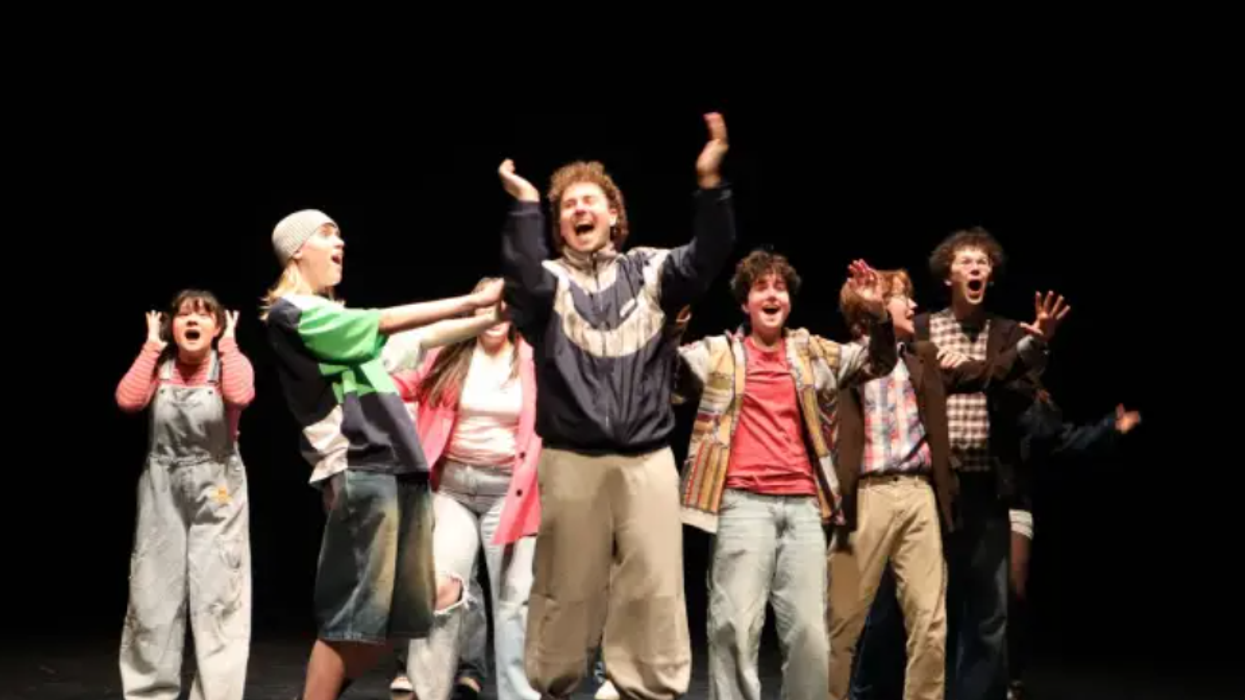


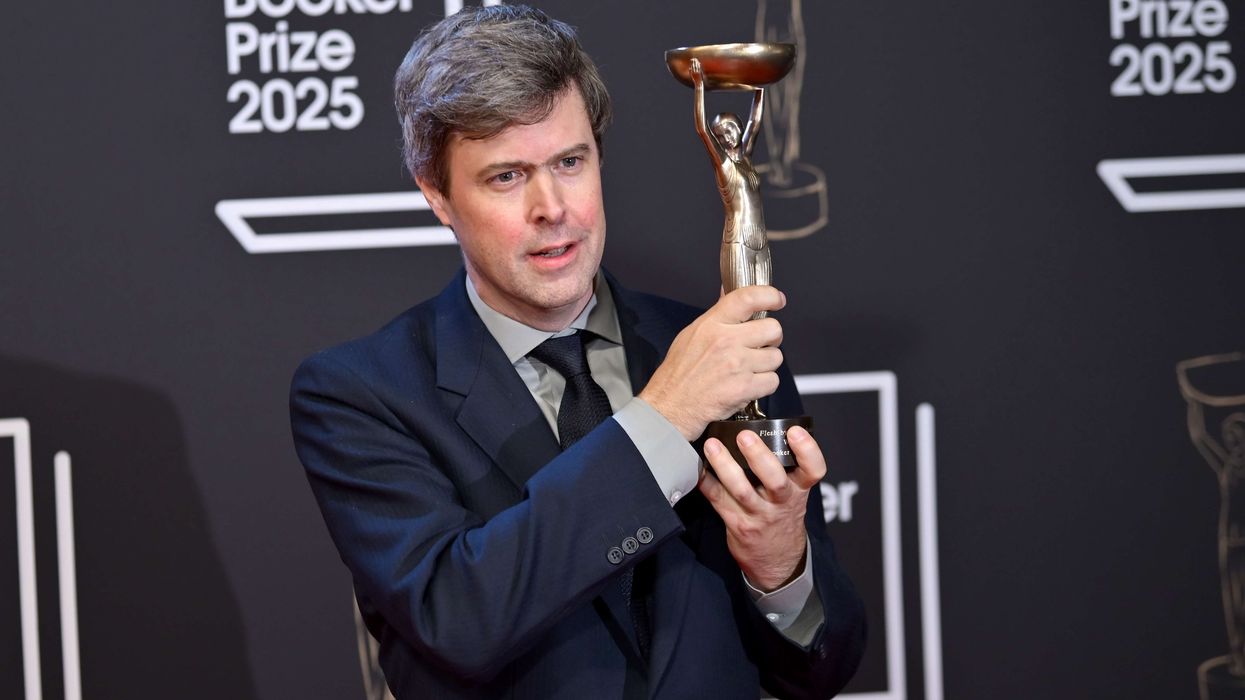

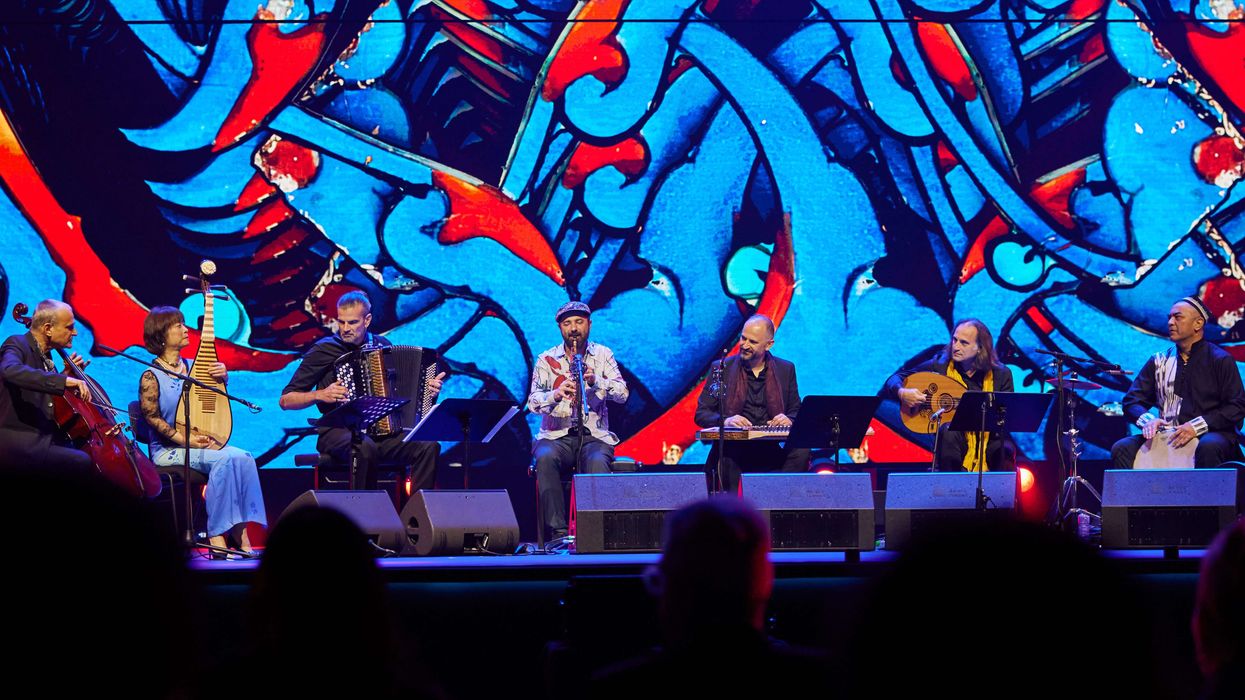
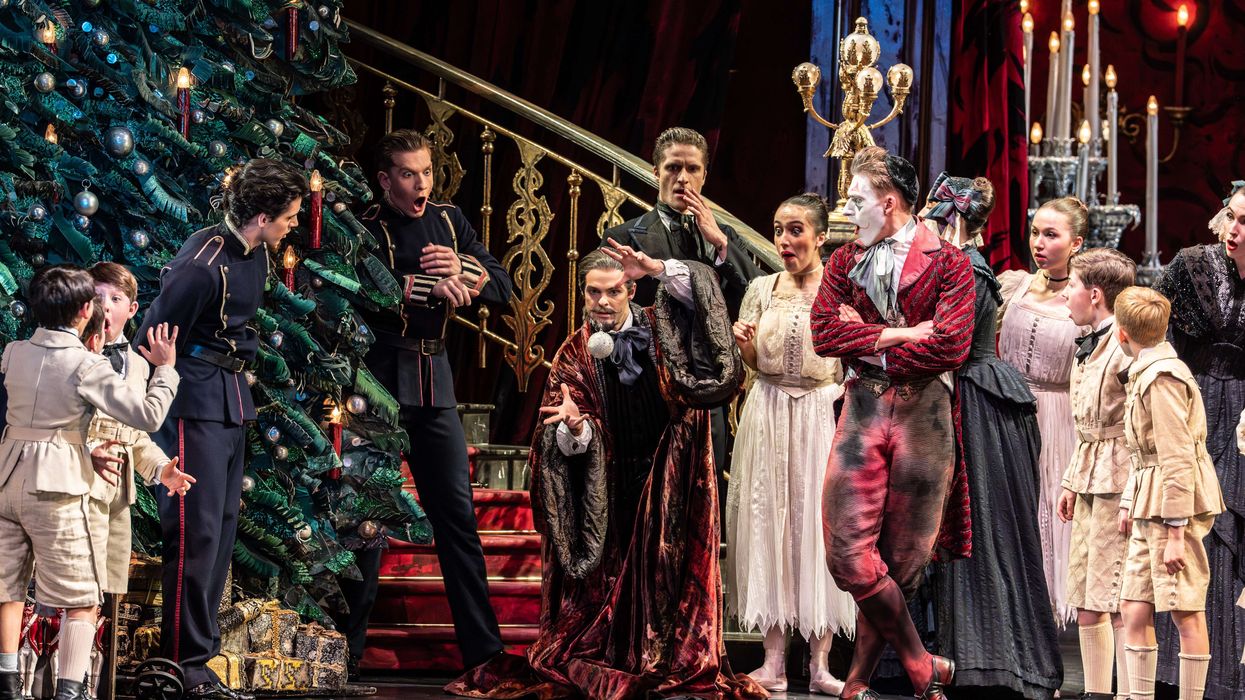
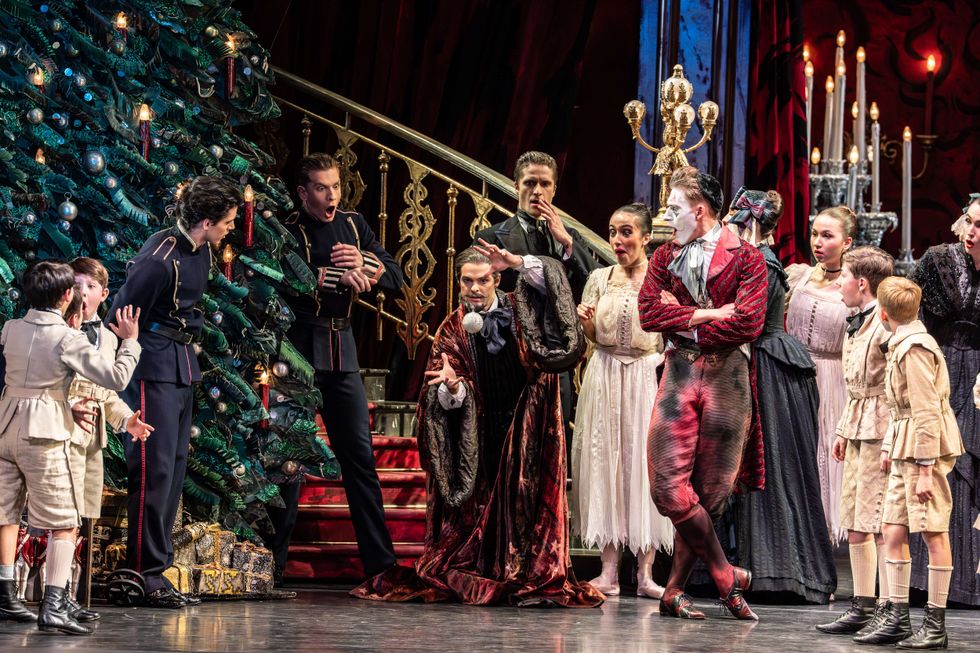 BRB’s Nutcracker dazzles at the Hippodrome BRB’s Nutcracker dazzles at the Hippodrome
BRB’s Nutcracker dazzles at the Hippodrome BRB’s Nutcracker dazzles at the Hippodrome 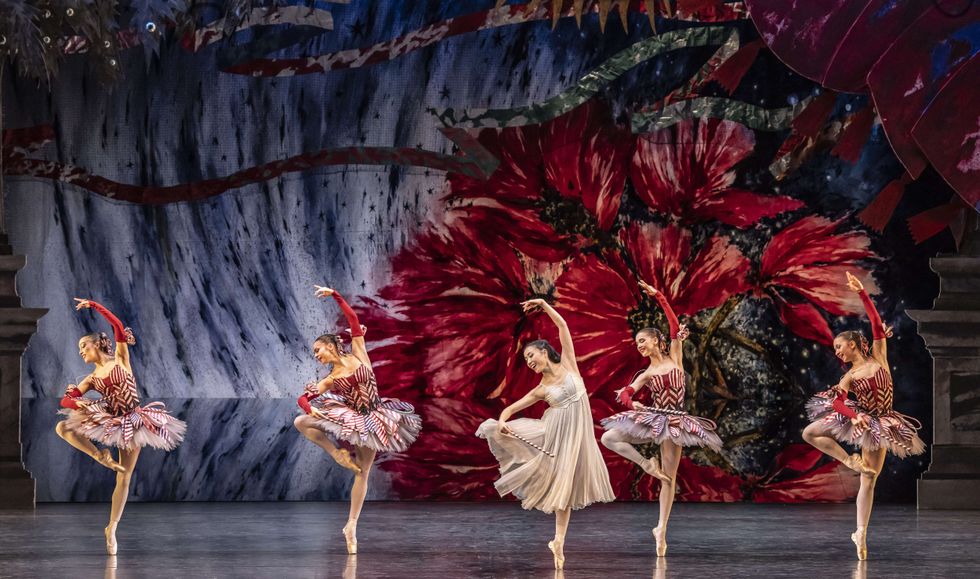 A sparkling Nutcracker lights up Birmingham
A sparkling Nutcracker lights up Birmingham 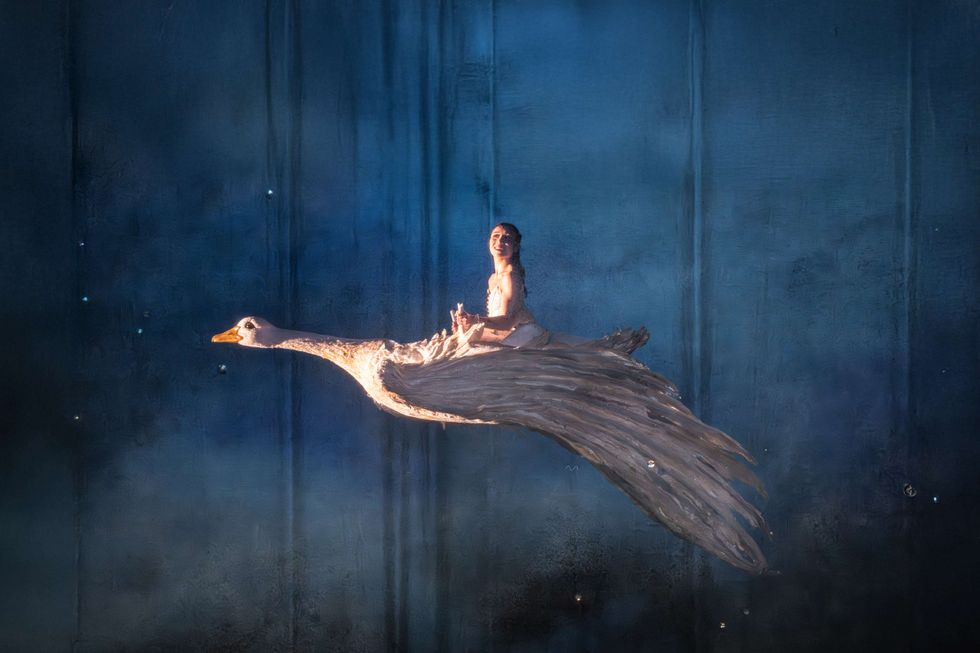 BRB brings festive magic back with The Nutcracker
BRB brings festive magic back with The Nutcracker






